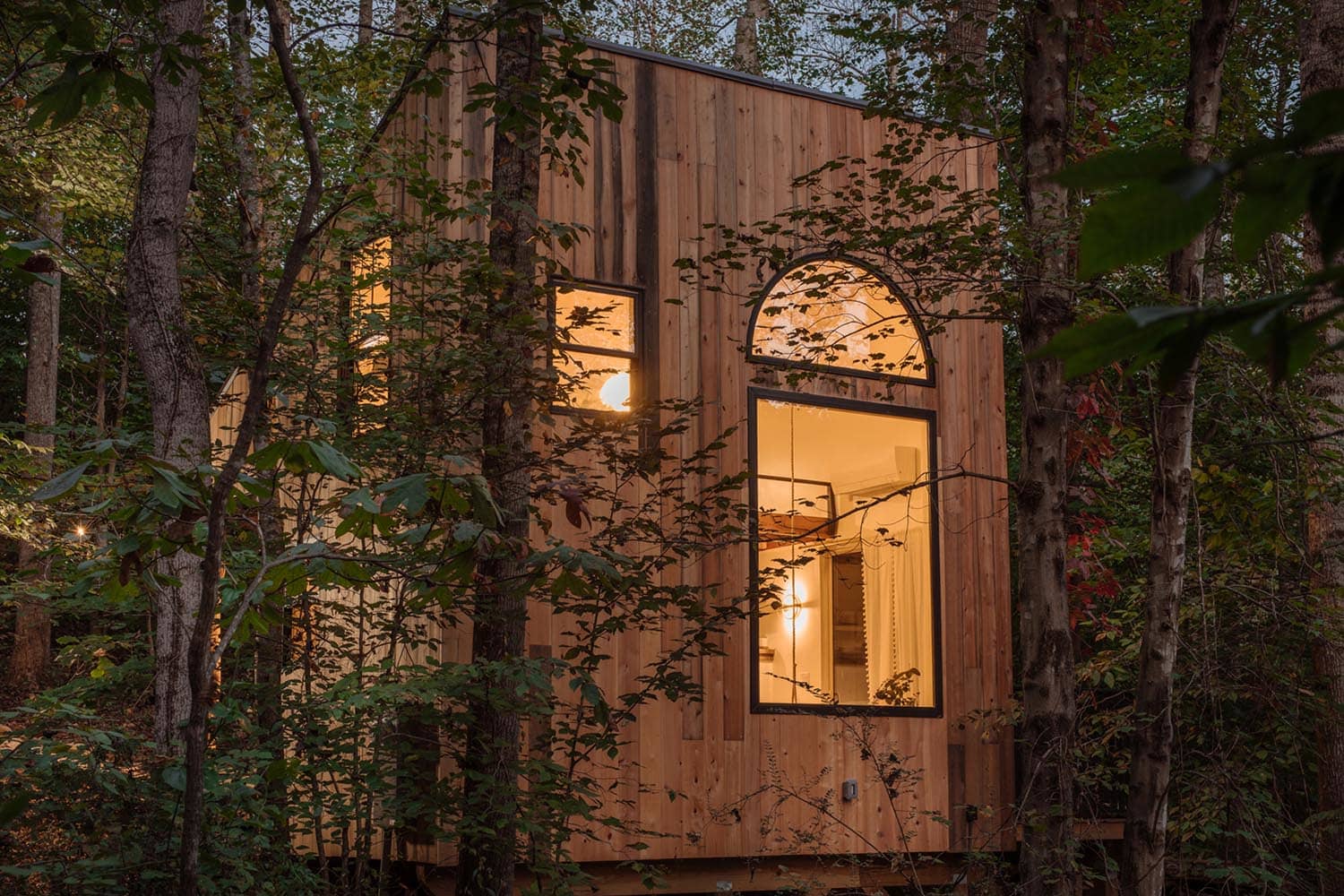[ad_1]
Since we have already had two snowfalls and temps have dipped into the teens a few times already, my garden is DEAD. What does that mean? It means it is time to start planning next year’s garden, of course. You might think that being a garden writer I take planning the successive years’ gardening seriously, and you would be oh so wrong.
Planning Next Year’s Garden – Not Me
My approach to gardening, besides it being inexpensive and without the use of chemicals, is to keep it simple. When faced with limited funds, that is pretty easy to do.
Before I plan my garden for the new growing season, I go take stock of my seed stores. Some of the seeds may be getting old, so I weed those out. On occasion I find I have seeds that are over two years of age. Depending upon what they are, I may or may not keep them. If I keep them, I consider them experiments, not something I desperately want to grow.
If I have lots of a particular crop or plant, I set some aside to swap with my neighbor or sister. This is the key to getting free seeds for the successive year, that and the free seed library. I haven’t tried a seed swap yet but it sounds promising for more exotic crops.
My garden is comprised of raised beds in full sun, so there isn’t a need to reconfigure. The only thing I do for the next year’s garden is rotate my crops. This means that the heavy feeders such as tomatoes, broccoli, corn and greens and light feeders like garlic, onions, peppers and potatoes, and soil builders like peas and beans are planted in different areas to avail them of more or less nutrients as needed. Rotating crops also keeps like plants from getting pathogens that may be lurking in the soil, another good way to cut back or eliminate the need for chemicals.
Of course, healthy crops are also predicated on the fact that I have amended my soil in the fall – in this case, with well-aged manure because it was cheap!
If someone, who shall not be named, happens to get me a gift card from a nursery, I might go shopping for seed variants or bulbs but, otherwise, I will generally plant what I have.
I live in an area where the summers are quite warm but planting season starts fairly late (Snow in March last year!), so I do start my seeds indoors which gives me time to play catch up if something doesn’t do well or germinate.
Catching up is necessary when the tomato plants I started look peaky and spindly. It means that I rush to the store to get new plants (or seeds if time) before all the other gardeners do the same and I’m out of luck. It’s happened before. Not much of a process really.
When I plan my garden for the next year, mostly I cross my fingers and lay the garden out in a similar fashion as the preceding years. The key is to keep your fingers crossed.
[ad_2]
Source link








 + Planting String of Watermelon Succulents
+ Planting String of Watermelon Succulents  with Garden Answer
with Garden Answer


